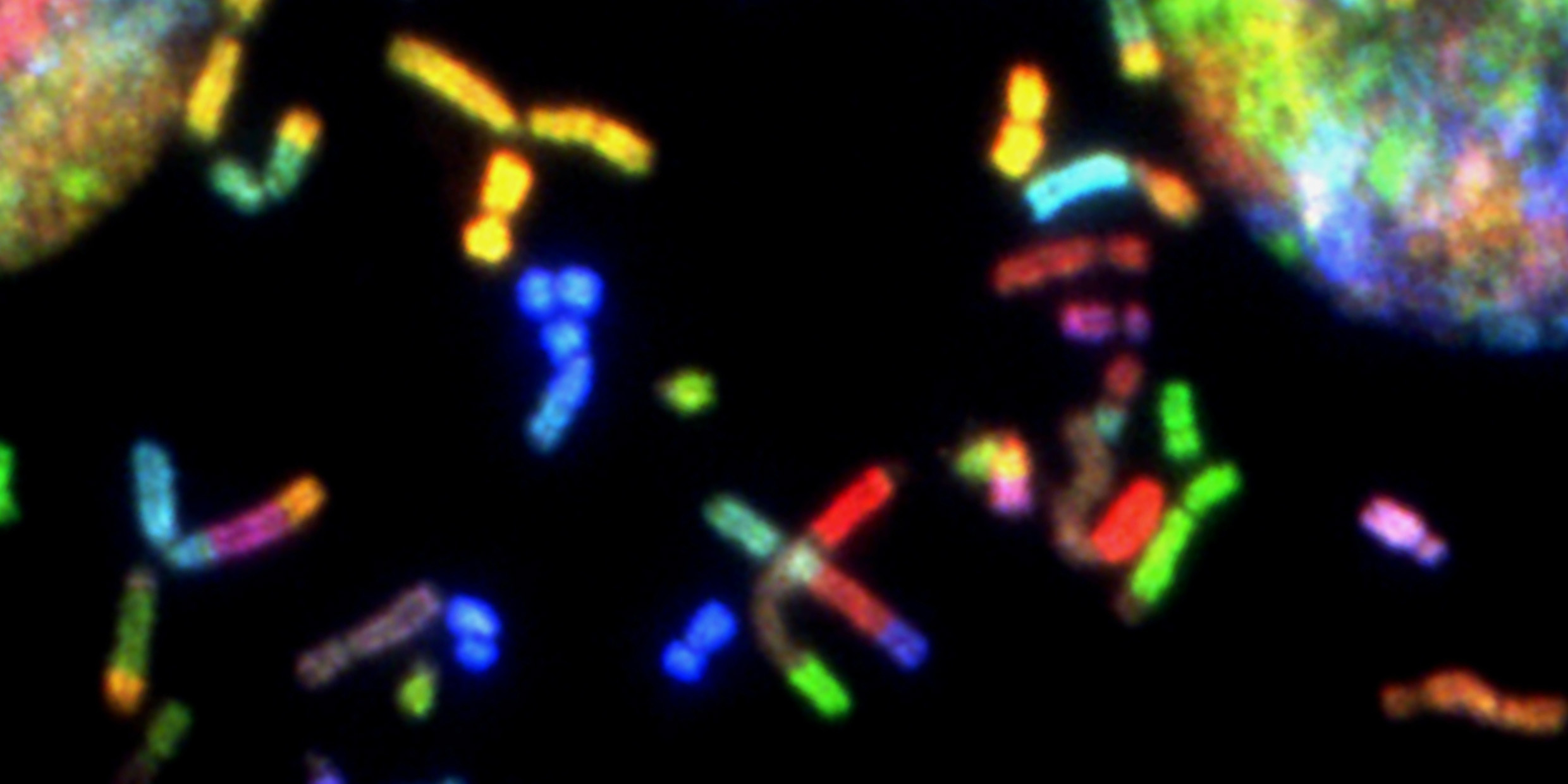Originally published 10 January 2000
July 3, 2015. Hasbro-Mattel, the toy division of Microsoft Universal, today announced a product that will likely be found under many a Christmas tree later this year: The Little Creator Bioconstruction Set.
It’s not cheap, but this spiffy kit lets kids create microbes that they design themselves — living organisms, unlike any that exist in nature. “The day of Tinker Toys, Lego, and Erector sets is past,” said a spokesperson for Hasbro-Mattel. “No more static or motorized constructions. With the Little Creator Bioconstruction Set, a kid can build things that metabolize, interact with the environment, even reproduce.”
For the moment, this means one-celled organisms that must be observed under a microscope, but the company promises multi-celled creatures within a few years.
The present kit contains an assortment of 500 genes — the minimum necessary for life, plus enough extras to add variety. With the included apparatus, children can string these genes together into a chromosome of their own choosing, then insert the chromosome into microscopic capsules containing amino acids, fats, and sugars.
Not all arrangements of genes will result in viable organisms, but the number of possible arrangements is staggering. Not even the toy’s manufacturer can predict what sorts of creatures might pop out of the apparatus.
“One exciting part of play will be naming the organisms a child creates,” said the company spokesperson. “That’s a privilege that belongs to the child alone.”
The Little Creator Bioconstruction Set had its origin in scientific research done at the Institute for Genomic Research in Maryland around the turn of the millennium. Scientists at the institute set out to determine the minimum gene set necessary for life.
They started with the free-living organism that had the smallest known number or genes, the bacterium Mycoplasma genitalium, a harmless inhabitant of the human genital tract and lungs. The bacterium has just 480 genes, compared to more than 100,000 in a human.
One by one, the scientists inactivated genes along M. genitalium’s single chromosome, to find out which genes the tiny organism couldn’t do without. They finally zeroed in on about 300 genes that are essential for viability. These are among the 500 genes included in the Little Creator Bioconstruction Set.
Still, a chromosome construction toy was not possible until the technology of gene splicing and manipulation became sufficiently inexpensive. The Hasbro-Mattel technology uses specially-designed silicon chips to facilitate the selection and splicing of DNA strands.
“Kids today are too sophisticated to accept old-fashioned gold fish or hamsters as pets,” said the Hasbro-Mattel spokesperson. “They want life forms they have designed themselves, and the Little Creator Bioconstruction Set gives them the opportunity to do just that.”
Asked if the new toy lets children “play God,” the spokesperson said: “I would rather say it gives them the opportunity to play Bill Gates. What we are talking about here is unrestricted innovation, a chance for kids to exercise their human creative potential without impediment by government.”
Nonetheless, some government officials and academic ethicists are concerned.
When the possibility of creating artificial life from a minimum gene set was first broached in the winter of 1999, scientists and ethicists called for a full public debate of the morality of exercising this technology. It seemed then that the emerging definition of life as a minimum set of chemical instructions for making proteins stood in stark contrast to traditional definitions of life that invoked soul or vital spirits.
However, before the debate could get properly underway, it was left behind by the rapidly developing technology. “What can be done, will be done,” seems to be a rule of technological innovation. As in the case of human cloning, moral reservations about the creation of artificial life did not deter scientists from plunging ahead into murky ethical waters.
By the year 2010, genetic engineering of original and modified organisms was commonplace. It was inevitable that sooner or later these powerful technologies would become the basis of a children’s toy.
“What seems bizarre or even frightening to one generation, becomes old hat to the next,” says ethicist Pascal Swager of Pfizer University (formerly Harvard). “The ethical implications of new technologies will need to be assessed more quickly if philosophers or theologians hope to have any say in shaping our future. By the time a technology in embedded in a child’s toy, it is too late.”
What about the possibility that organisms built with the Little Creator Bioconstruction Set will pose an environmental hazard? The Hasbro-Mattel spokesperson said: “We are confident that any microbe assembled from the current gene set will be harmless, and certainly negligible compared to the countless genetically-modified organisms that have been released into the environment during the past decade.”
“And besides,” he added, “so many naturally-occurring animals and plants have gone extinct due to human technological activities, the world can use a little novelty.”
More novelty is in the works. If all goes as planned, within a few years kids will have the ability to design pets they can play with without a microscope. Pink hamsters. Polka dotted gold fish. Parakeets that glow in the dark. “The time for debate is over,” says Pascal Swager. “The future is here.”



